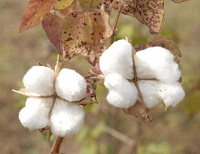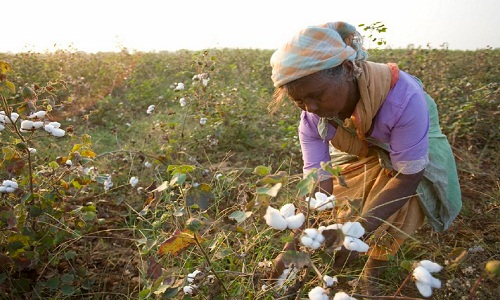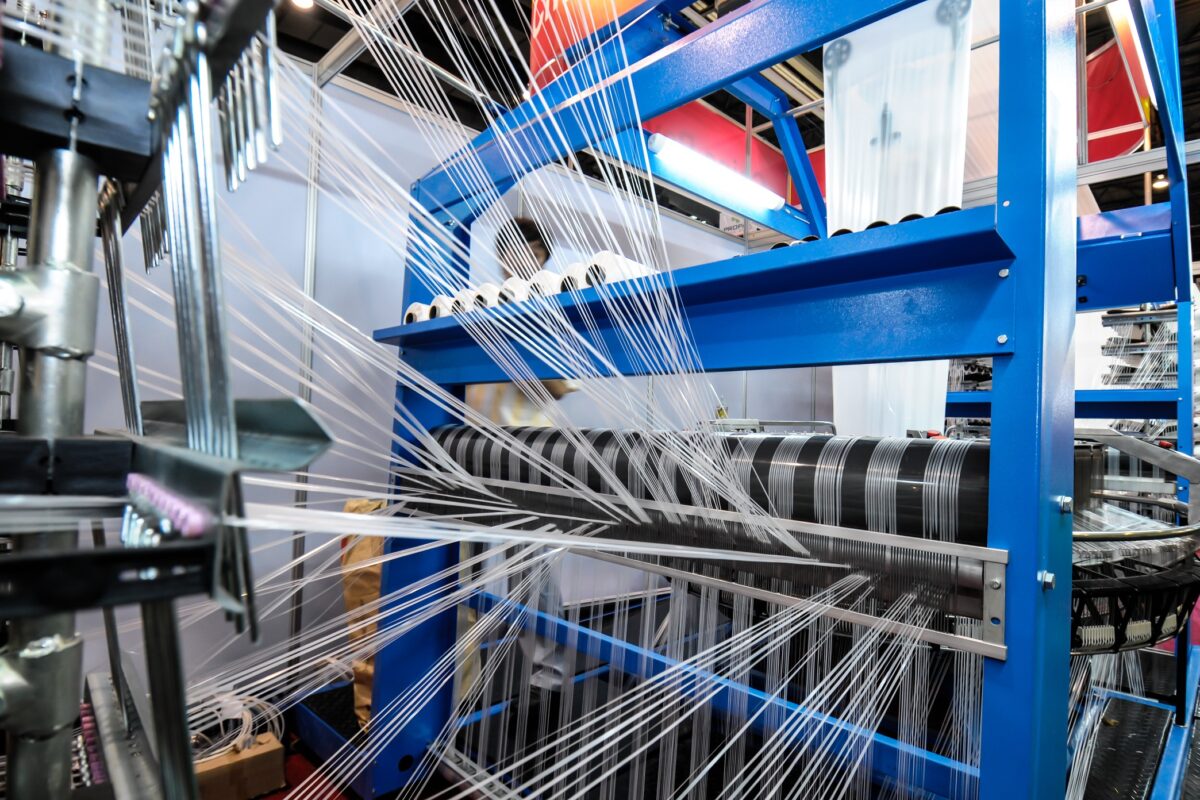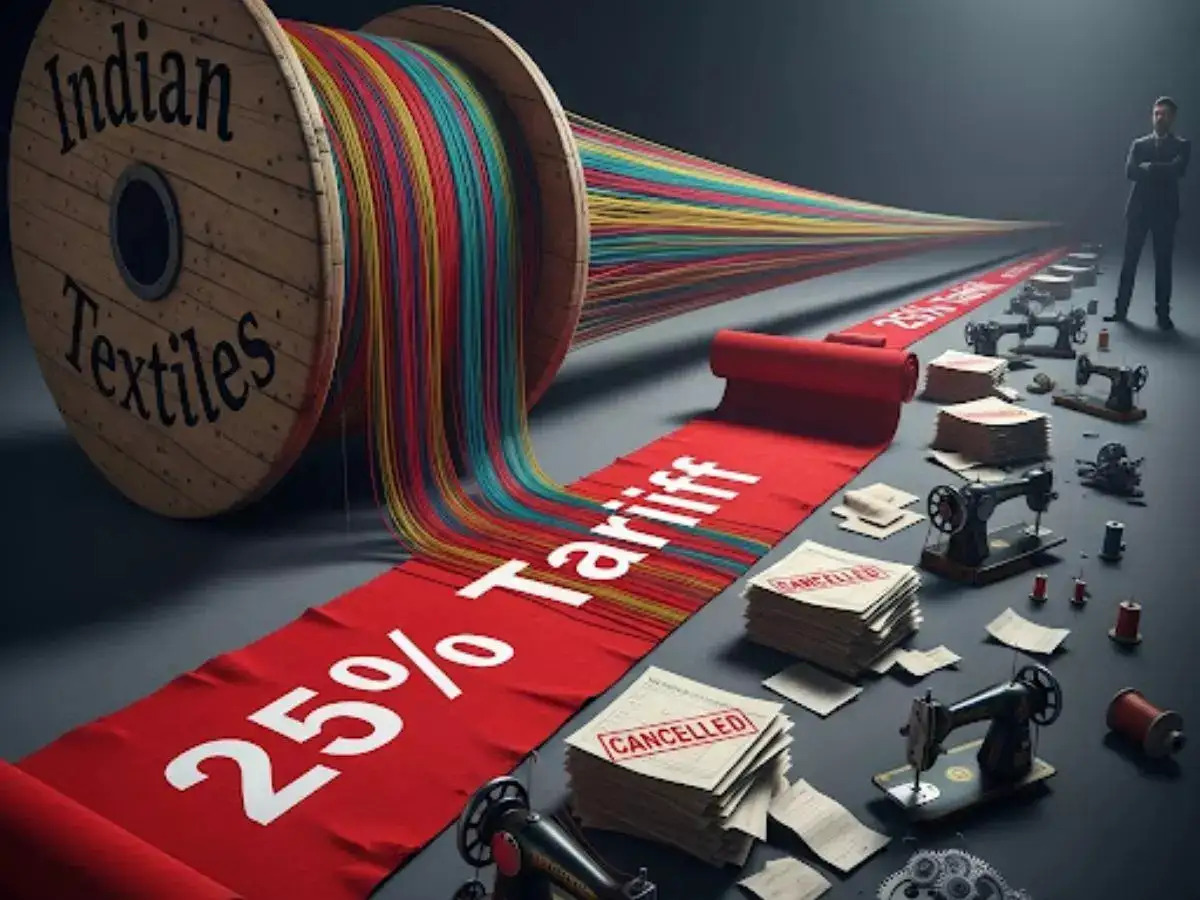FW
Cambodia’s real growth is projected to remain strong, expanding at 6.9 per cent in 2017 and 2018.
Risks to this outlook include the fallout from further rises in US interest rates, a slower-than expected economic recovery in Europe, and uncertainties over global trade.
US monetary policy tightening is expected to result in the dollar appreciating vis-a-vis the euro and other currencies, which would make Cambodia’s exports and tourism relatively more expensive for the rest of the world, and therefore less competitive.
Continued interest rate hikes in the US may weaken prospects of further capital inflows to Cambodia. Any disruption in global trade flows will have substantial negative impacts on Cambodia, given its high level of dependence on exports, particularly garments and footwear, as one of the main drivers of economic growth.
Improving labor productivity would be fundamental for Cambodia to remain competitive, given rising competition from other low-wage garment exporting countries.
As a result of competition from low-wage countries, year-on-year growth of garment exports from Cambodia fell to 8.4 per cent in 2016, compared with 12.3 per cent growth in 2015.
Growing competition slashed garment export prices to all major destinations. Export prices to the US market were the hardest hit, dropping by 7.2 per cent in 2016.
Dubai had hosted Arab Fashion week for its fourth edition, which began on May 16 and ended on May 20, the program offered more than twenty pre-collections runway shows, featuring clothes that are being described as “ready couture.”
Young designers and established brands representing some 20 different nationalities had come together to show their art and craft on the top floor of the Meydan hotel in Dubai, the event's hub. The venue provides an ideal setting, offering a bird's eye view of the city and its countless skyscrapers.
A hundred buyers, mostly from the Middle East, and hundreds of guests were present at the five-day fashion marathon. The audience were quite diverse, themselves attired in a multitude of styles that comprised everything from ultra-sophisticated chic to flat-out sportswear looks or traditional Arabic clothing worn by the Emirati and their wives.
The unisex style of Rad Hourani opened the event march on May 16, followed by the masculine and feminine silhouettes of Jenanne Filat and Jeans Couture, the muslim wear of Eckett Couture, and the women's wear collection of Michael Cinco. The event closed on May 20 with the runway shows by Marchesa Bridal, Ingie Paris and Antonio Marras.
Jacob Abrian, Arab Fashion Week's young founder, decided to pitch his fashion week in the "ready couture" niche, a unique positioning that has enhanced the event's reputation. The collections on display exemplify the approach, offered ready-to-wear apparel along with a high-quality materials and finishes typical of Haute Couture.
Besides the schedule of catwalks, the designers also hosted pop-up stands at the Meydanwhich were less fleeting presentation of their designs as well as they could sell individual pieces to the buyers and the general public.
Mimaki Europe, developer of wide format inkjet printers and cutting machines for the sign/graphics, and apparel markets, has bagged two prestigious awards at the recently concluded FESPA 2017 expo, a leading digital print expo encompassing screen, digital and textile print, was held at Hamburg, Germany from, May 8 to 12, 2017. It was the most successful expo ever with two stands totaling 534 square metres.
The company received two prestigious awards for the best object printer for their Mimaki UJF-MkII Series and the best textile printer under 100 square/h for their Mimaki Tx300P-1800 with its dual ink capability. At the show, the company introduced Yuji Ikeda as their new managing director.
Ronald van den Broek, general manager sales at Mimaki Europe, commented that they were especially pleased with attendee interest in the demonstrated technology of their 3D printer, the Mimaki 3DUJ-P. Based on Mimaki’s advanced UV inkjet technology, the 3DUJ-P offers high definition modeling.
Van den Broek also reports that Mimaki’s new high-speed direct-to-textile Tiger-1800B printer was also well received. It was the first time that Mimaki showcased the printer with sublimation ink after demonstrating the machine with reactive ink in previous shows.
In the textile hall, where the high-speed, direct-to-textile Tiger-1800B with sublimation ink took centre stage, Mimaki also had on display the award-winning Tx300P-1800 and Tx300P-1800B direct-to-textile printers, updated to simultaneously load both textile pigment and sublimation dye inks. This enables the use of a single printer to print directly on a wide range of textiles without the need to change out ink systems.
Van den Broek disclosed that many visitors to the stand were seeking solutions that would enable them to print on natural fibres with solutions like the Tx300P-1800 with textile pigment ink. Visitors were interested in using sublimation printing for fast fashion and soft signage. In addition to learning about the Mimaki printers on display, visitors to the Mimaki stand discovered the wide range of applications that Mimaki printers are able to produce.
The EU-Vietnam FTA is expected to be activated in early 2018.
In anticipation of this, European companies have started to explore the Vietnamese market in fashion and various other categories.
Machinery and appliances account for just over half of Vietnam’s exports to the EU. Telecommunications equipment comprise 33.5 per cent of exports. Footwear and hats account for 12.1 per cent and textiles and textile articles 10.4 per cent. Vietnam’s imports from the EU include machinery and appliances (27.4 per cent of the total), chemicals (17.8 per cent) and manufactured goods (11.3 per cent).
Vietnam’s trade with the EU during the first 11 months of 2016 totaled 40.76 billion dollars. The bloc was Vietnam’s second-biggest export market valued at 30.72 billion dollars (up nine per cent over the same period of 2015 and accounting for 19.2 per cent of the total) and is its fourth-biggest source of imports.
The FTA will cut down the import tariff currently imposed by the EU on Vietnamese garments, which is now 12 per cent, to zero. The zero tariff will substantially enhance the competitiveness of Vietnamese garment exports and is likely to enhance sales by 20 per cent annually.
Vietnam’s exports of textile, clothing and footwear to the EU are expected to more than double in 2020 as a result of the FTA.
The Textile, Garment and Leather Employees Union (TGLEU) has rejected the stimulus package being offered by the government to textile companies to help revive the industry. In line with the government’s promise in the 2017 budget, the Chief Director at the Trade and Industry Ministry, Dawarnoba Baeka, sent a circular to industry stakeholders on 3rd May 2017 asking them to submit a ‘request for expression of interest (EoI)’ to enable them to benefit from a bailout package.
The memo stated In line with its commitment to transform the industrial sector in Ghana, the government is introducing a stimulus package to support existing local industries to enhance their competitiveness and create jobs. In this regard, the Ministry first thank you for showing interest in this programme and secondly invites your company to submit an EoI by completing the attached diagnostic tool kit.
The General Secretary of the Ghana Federation of Labour who is also chairman of TGLEU Abraham Koomson was reported to have said that Joy news, a stimulus package for the textiles industry, will go to waste unless loopholes in the systems are thoroughly plugged.
Koomson prefers that the government stop pirating of local textiles as one method of reviving the textile industry. It will not yield any positive results, he fumed and evaluated that at the end of the day, because of smuggling and counterfeiting, the industry cannot compete. He feels that the government should first address the smuggling issue.
The textile industry has over the years been struggling which resulted in the loss of thousands of jobs. It employed over 25,000 workers in the 1970s but currently provides employment to only about 1500 people.
The influx of counterfeited versions of local designs from China has been blamed for the situation. In 2010, the government set up an anti-textile piracy task force to deal with traders of counterfeit textiles as one method to keep the industry afloat.
TGLEU has meanwhile written to the police announcing their plans to picket the premises of the Trade and Industry Ministry on 29th and 30th May to demand revival of the taskforce.
Grasim’s revenue was up by six per cent for the fourth quarter.
Grasim has four lines of business, Viscose Staple Fiber (VSF), cement, chemicals and textiles. Their Earnings Before Interest,Taxes, Depreciation and Amortization (EBITDA) was up by four per cent.
The company’s strong sales volume supported by firm international prices have helped drive their excellent performance in the VSF business despite the fact that their captive pulp plant at Harihar remained shut since February 2017 due to water shortage, however their production of VSF remained unaffected due to the fact that their business ensured running of operations using external pulp supplies.
Grasim is in the process of debottlenecking its plants to meet growing demand. Their chemicals business recorded a volume degrowth of six per cent year-on-year due to the fact that lower chlorine offtake in the industry restricted caustic soda production. This, coupled with a sharp increase in power costs, reduced profitability.
The VSF business will continue to focus on expanding the market in India by partnering with textile value chain to achieve better customer connect through the brand Liva and enriching the product mix through a larger share of specialty fibers.
Their Brownfield expansion project at Gujarat is right on track. Civil works have begun and the commissioning is expected by the fourth quarter of fiscal 2018.
Grasim Industries is the flagship company of the Aditya Birla Group.
The Goods and Services Tax (GST) rate for textile machinery has been decided at 18 per cent.
GST for goods have been fixed at nil rate and 5, 12, 18 and 28 per cent; however, rates for textiles and footwear are yet to be decided.
18 per cent GST has been decided for the following textile machinery: Knitting machines; stitch bonding machines and machines for making gimped yarn, tulle, lace, embroidery, trimmings, braid or net and machines for tufting, extruding, drawing, texturing or cutting man-made textile materials. Also machines for preparing textile fibers, spinning, doubling or twisting machines and other machinery for producing textile yarns; textile reeling or winding (including weft-winding) machines and machines for preparing textile yarn.
Another category is machinery for the manufacture or finishing of felt or nonwovens in a piece or in shapes, including machinery for making felt hats and blocks for making hats.
As per the announced GST rate, there is no drastic difference in the existing purchase and sales of machinery. Earlier also, the rate for machinery was 12.5 per cent with 5 per cent VAT which totaled to 17.5 per cent. With 18 per cent GST on machinery, there is neither a loss nor a gain.
Home textile products wholly made of quilted textile materials will attract 12 per cent tax under the new tax regime
"Cotton production has witnessed surge in all major countries, including the US and India, resulting in the highest production outside China in six years. As a result, stocks outside of China will rise to a near-record share of use, the United States department of agriculture (USDA) said in its first detailed forecast for the 2017-18 marketing year. USDA says, 2017-18 would be the second year of production growth (nearly 7 per cent), alongside the strongest consumption growth since 2012-13 (over 2 per cent)."

Cotton production has witnessed surge in all major countries, including the US and India, resulting in the highest production outside China in six years. As a result, stocks outside of China will rise to a near-record share of use, the United States department of agriculture (USDA) said in its first detailed forecast for the 2017-18 marketing year. USDA says, 2017-18 would be the second year of production growth (nearly 7 per cent), alongside the strongest consumption growth since 2012-13 (over 2 per cent). Global consumption is expected to remain above production, yielding the third consecutive year of declining global stocks, albeit with a much smaller reduction than in the previous 2 years, the forecast said.
China’s cotton trends

Stocks in China are forecasted to fall substantially for the third consecutive year, with a decline of about 9 million bales, reflecting continued strong and steady State reserve sales. Despite their aggressive sales and a continuing recovery in consumption, stocks in China will remain high with the ending stocks-to-use ratio above 100 per cent for the 6th consecutive year, the report said. Since China’s policies are aimed at reducing the State reserve, its imports will increase only slightly. However, the situation outside of China will be quite different.
Lower US exports
US cotton will face strong competition in exports as large Southern hemisphere crops will be available before the 2017-18 US crop. The Franc Zone, Central Asia, and India will have both higher carry-in stocks and larger production. As a result, despite higher exportable US supplies and growing world import demand, US exports are forecast to be lower in 2017-18. Compared to 2016-17, larger crops are forecast in 2017-18 for the US, India, Pakistan, China, Turkey, and Australia, with only moderate growth in Brazil, Mexico, Egypt, Central Asia, and West Africa. Meanwhile, production declines are anticipated in much of the Middle East and some African countries, such as Chad and Tanzania.
Global consumption patterns
In terms of consumption, strong growth is forecasted in 2017-18, for Vietnam, Bangladesh, China, and India, compared to their consumption in 2016-17. More moderate consumption growth is expected in Turkey and Indonesia, as well as some Western Hemisphere countries such as Brazil, Mexico, and the US. Consumption declines are forecast in South Korea, Taiwan, and several consuming countries in the Middle East and Europe.
The much anticipated GSP+ concession, which Sri Lanka regained from the European Union, comes into force from today, May 19. The Generalised System of Preferences (GSP) is a preferential tariff system awarded to developing nations such as Sri Lanka, to export goods to European markets at lower tariff rates. Under this tariff system, Sri Lanka has the opportunity to export 6,200 items to the European Union, tax free.
Following the devastating 2004 Boxing Day Tsunami, Sri Lanka was awarded the GSP+ concession for a period of three years, however, the lack of progress by the earlier government in twenty-seven international agreements, including the fields of human rights, labour laws, environment conservation and good governance led to Sri Lanka losing the GSP+ concession on the 15th of August 2010. The GSP+ consession which comes into effect, will be implemented until 2021.The 9.6% duty charged when exporting garments to the EU, will now be removed. Around 33% of Sri Lanka’s exports are directed to the European Union.
A number of exporters held discussion with Prime Minister Ranil Wickremesinghe with regard to the decision made by the EU.
M&S cheered its first rise in clothing and home sales for nearly two years in January but this is maybe a a temporary reprieve as the timing of Easter is set to have impacted its fourth quarter trading.
Analysts predict clothing and home sales fell by 3.3 per cent in the three months to the end of March, against a 2.3 per cent hike the previous quarter. Food sales are likely to have fallen by close to 1 per cent in the final quarter. This will see the group's year end on a sour note, with underlying pre-tax profits also set to dive 13 per cent to £593 million from £684 million the previous year.
Chief executive Steve Rowe has already warned that profits would take time to recover as its clothing turnaround beds in, but the third quarter trading gave hope that it is beginning to turn the corner. Analysts at Numis Securities say stripping out the effects of this year's Easter, clothing sales are likely to have been close to flat, while Peel Hunt believe underlying sales rose by 0.5 per cent.
Jonathan Pritchard at Peel Hunt points out sales will have regained their poise" since Easter-affected fourth quarter and they think the immediate changes that management made to the offer, merchandising and service are starting to resonate with customers. M&S has recently poached the chief executive of Halfords Jill McDonald to lead the turnaround in its clothing business.












